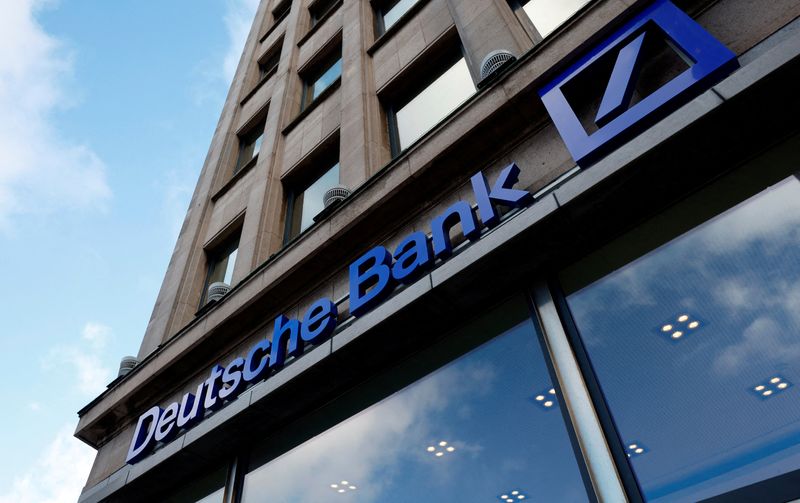(Reuters) – Deutsche Bank has raised its year-end target for the benchmark S&P 500 index to 5,750 points from 5,500, citing rising stock buybacks, strong corporate earnings and robust inflows, boosted by strong risk appetite.
“We see S&P 500 earnings growth continuing to run robustly in the low double digits, in line with typical growth rates outside of recessions,” Deutsche Bank strategists said in a note on Sept. 12.
The new target represents a 2.75% upside to S&P’s close of 5,595.76 on Thursday.
Rising U.S. rate cut expectations this year and the hype surrounding artificial intelligence (AI) have boosted the index, with many brokerages lifting their annual targets for the benchmark and some expecting it to end 2024 as high as 6,000.
In May, Deutsche Bank raised its year-end target for the S&P to 5,500, banking on strong corporate earnings to support equity valuations.
The brokerage said a recent pullback in stocks in August due to fears of a weakening labor market and de-rating of technology stocks seems “done” for now, with positioning falling back in line with earnings growth.
It added that fears of a cooling labor market have been put to rest with August payrolls growth steadying on a year-to-date basis.
Some aspects that will strengthen the market include a move from “de- to re-stocking”, a pickup in capital expenditure outside tech stocks, broader manufacturing recovery, and a rise in consumer confidence, strategists led by Binky Chadha, chief U.S. equity and global strategist at Deutsche Bank, said.
The brokerage expects share buybacks to rise to about $1.2 trillion next year as they keep up with earnings, from the current $1 trillion.
Inflows into equities have been strong over the last four months and have defied typical seasonality, “which raises prospective corporate earnings and equity returns,” it said.
Deutsche Bank also reiterated its earnings per share (EPS) forecast for S&P 500 companies at $258 for 2024 and $285 for 2025.
(Reporting by Kanchana Chakravarty in Bengaluru; Editing by Savio D’Souza and Sonia Cheema)
Read the full article here

